Flora
For centuries, the flora of the Canary Islands has captured the interest of specialists from all over the world. Canarian flora is unique in the world as these plant species became already extinct in the other areas of origin during the ice age. While approximately five hundred of the plant species on Gran Canaria are also found on the other islands, there are more than a hundred species that grow only on Gran Canaria. Consequently, this island has become a point of reference for the study of the planet’s flora, which explains why people affirm that Gran Canaria is to botany what the Galapagos islands are to zoology.
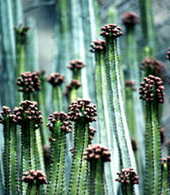
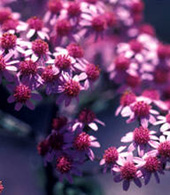
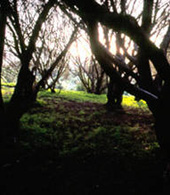
Visitors who want to start discovering this unique world should not miss the opportunity to visit the "Viera y Clavijo" Botanical Garden (Las Palmas de Gran Canaria), as well as the various pine forests, the extensive palm tree groves and the laurisilva (humid laurel trees) forest in Los Tiles de Moya, which is one of the last remnants of laurisilva in the world.
Fauna
The terrestrial fauna of the Island is characterised by the absence of big vertebrates and harmful species. Birds and reptiles are the most numerous species of Gran Canaria wildlife. Among the vertebrates we have the Canary Island lizard - endemic of the island and whose abundance is overwhelming-, the Gran Canaria skink, Boettger's Canary wall gecko and Osorio shrew.
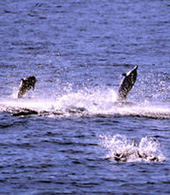
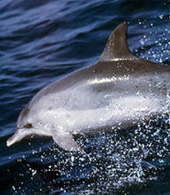
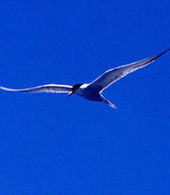
Birds have the biggest representation in the Island's wildlife population: specifically, 48 species including the nesting birds of this island, with endemic birds such as great spotted woodpeckers, robins and the blue chaffinch, the latter in the pine forests of Pilancones-Inagua. The canary bird deserves a separate mention due to its symbolic establishment that relates it both to the Canary Islands and to Gran Canaria in particular. The interesting thing about this bird, with a great singing ability, is that it was bred through crossbreeding with other species, thus producing a great variety. Besides, the Island is a resting place for many of the migrating birds.
We can point out Cory's shearwater of the birds included in the marine and nesting species.
The marine fauna of Gran Canaria is very rich and diversified in species, and this peculiarity is a result of the environmental diversity and the geographical situation of the island. One of the distinct features of the marine settlements of the waters of Gran Canaria is the coexistence of species such as pelagic fish and turtles.
The Caretta Caretta species is conspicuously the most common of the family turtles. These species coexist with rays, manta rays, stingrays and angel sharks, swordfishes, big tuna fish or coastal species such as white seabreams, parrot -fishes, goldlines, saddled seabreams, pompanoes, groupers, blacktail combers, john dories or pollacks. Within the mammals that are found in the waters of Gran Canaria are common dolphins, bottlenosed dolphins and whales.